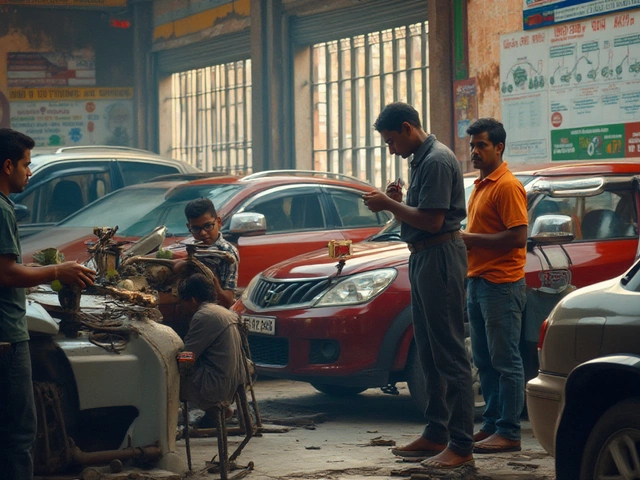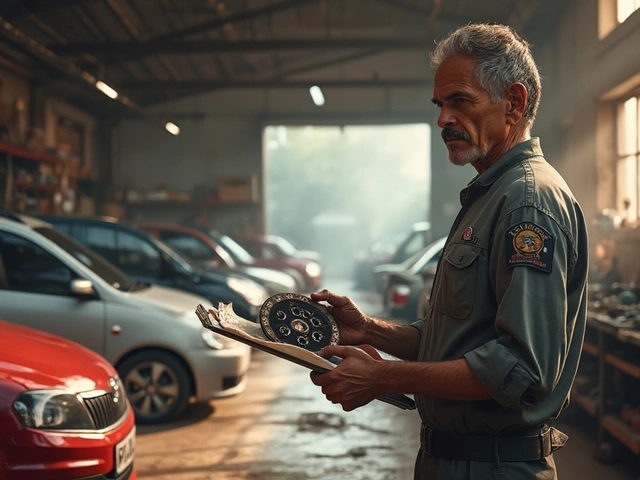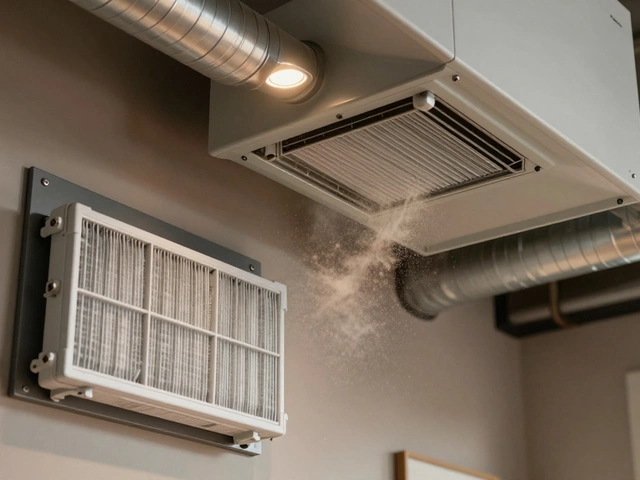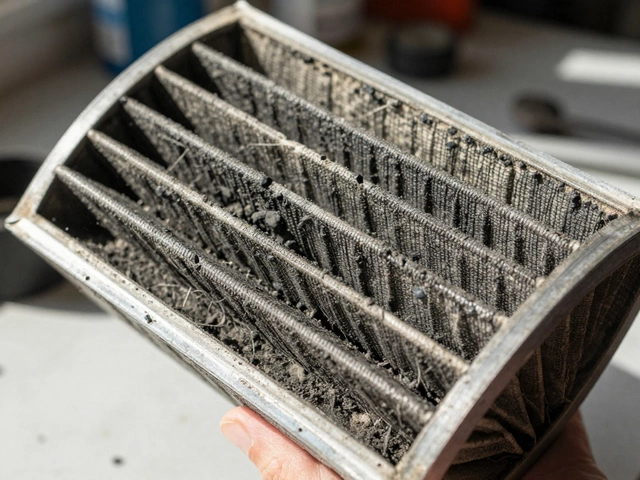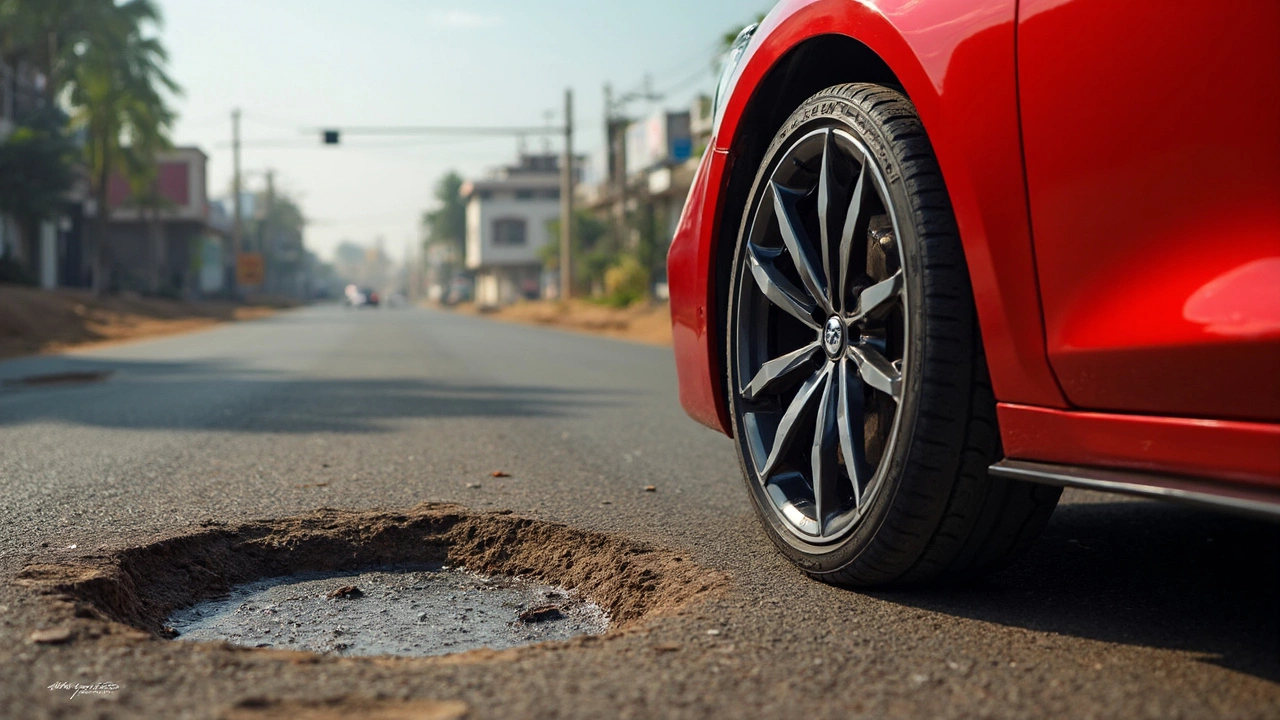
Alloy wheels have this sleek charm that just elevates your car's look. Fancy stuff aside, you might be wondering, 'Do they crack that easily?' A lot of us have been there, worried when hitting a sneaky pothole or brushing up against a curb.
Here's the basic scoop: alloy wheels, made from a mixture usually of aluminum and other metals, can be lighter and sometimes stronger than steel wheels. But, they can be more brittle. This brittleness is what makes them a bit more prone to cracking, especially if they endure heavy impacts. It's not always about the material, though. Sometimes it's just how tough the road is on them.
If you're driving in a place where potholes are basically a given, or if you love off-roading, you'll want to pay extra attention to your wheels. But don't get too worried yet because there are ways to minimize damage and keep those wheels looking snazzy.
Understanding Alloy Wheels
Alright, so let's get into what makes alloy wheels tick. These bad boys are not just about the looks, though they sure do catch the eye. They're made from a mix of metals, generally aluminum blended with stuff like magnesium or nickel. This blend is why they have that bright, shiny finish we all love.
Now, compared to regular steel wheels, alloy wheels are lighter. That means better acceleration, braking, and improved fuel efficiency. It's like your car's shedding a few pounds and feeling peppier. Plus, the reduced weight means less unsprung weight, which can lead to smoother handling on the road.
But there's more. Alloy wheels are more customizable in terms of design. That's why you see so many wicked shapes and styles out there. Whether it's spoked, multi-spoked, or something super detailed, you can find something that suits your ride perfectly.
Oh, and let's not forget about heat dissipation. Alloy wheels tend to manage heat better than steel, helping to cool down your brakes faster. This is a huge plus if you're into spirited driving or if you live in a hot climate.
Sounds all great, right? But, there's a flip side. They can be more brittle than steel, which means a hard smack can lead to cracks or dents. It's like having a delicate piece of art on your car; looks fantastic but needs a little extra care.
So, cutting to the chase, alloy wheels offer a mix of performance, style, and efficiency. It's about weighing these benefits against the possibility of cracking and being ready to give them a bit more TLC to keep them in top shape.
Common Causes of Cracks
It might surprise you how many things can put your alloy wheels at risk of cracking. Some are pretty obvious, but others might catch you off guard. Let's break it down.
Potholes are like the natural enemy of your wheels. Hitting one, especially at high speed, can create enough force to crack even the sturdiest alloy. It's not just about the current impact but also about the accumulated stress over time.
Another culprit is curb rash. We’ve all accidentally grazed the edge of a sidewalk, but repeated hits like this chip away at the wheel’s integrity. Those small actions can eventually lead to a bigger problem.
Let's not forget extreme weather. If you live in a place with crazy temperature changes, alloy wheels can expand and contract. This constant changing can make them brittle, increasing the chance of a crack.
- Overtightening Lug Nuts: It might sound strange, but if you over-torque your lug nuts, you're adding stress to the hub, which can ripple out to create stress points in your alloy wheels.
- Manufacturing Flaws: Okay, this one’s on the low probability side, but sometimes there are imperfections from the get-go. Poor casting or inadequate materials can leave weak spots ready to crack under pressure.
For those who love data, check this out:
| Cause | Average Incidence (% of total cases) |
|---|---|
| Potholes | 40% |
| Curb Rash | 30% |
| Weather Effects | 15% |
| Other Factors | 15% |
Learning these facts isn't just for head knowledge. It’s about taking proactive steps to avoid cracks. Keep an eye out for these hazards and save yourself the hassle and cost of repair or replacement.
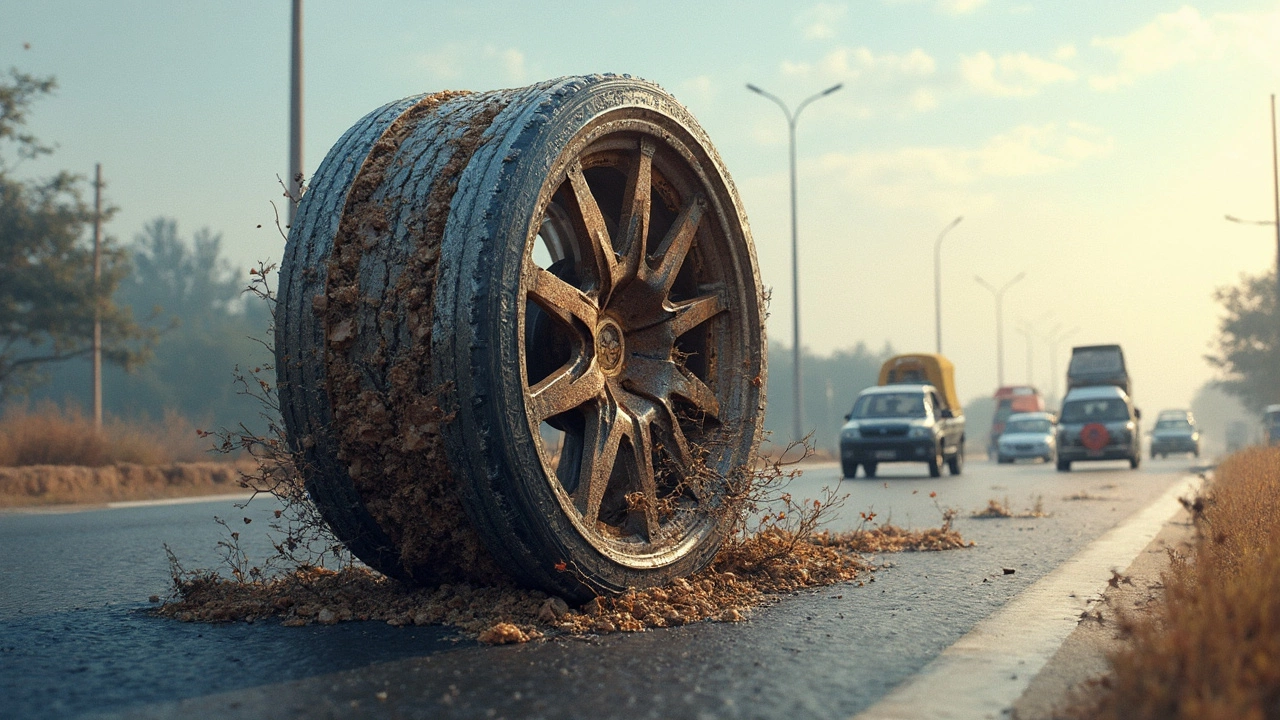
Repair or Replace?
So, your precious alloy wheels have taken a hit, and there's a visible crack. Now what? Deciding whether to repair or replace them isn't as straightforward as a coin toss. A few things need checking first.
For starters, if the crack is minor and on the back of the wheel, it's often possible to fix it. Professional repair shops can usually weld small cracks at a cost that doesn't burn a hole in your wallet. However, if the crack is significant or located on the outer face of the wheel, it's generally safer to replace it. Safety should always come first, meaning any repair decision needs to avoid compromising the wheel's structural integrity.
Let's break it down:
- Minor Cracks: Usually repairable, especially if they're not on the rim's face. Welding by a pro can do the job without weakening the wheel significantly.
- Visible or Large Cracks: These can seriously weaken the wheel and make it unsafe. In such cases, opting for a replacement is often the best bet.
When evaluating the cost, consider that getting a new alloy wheel might sometimes be just slightly more expensive than a high-quality repair, especially if you can find good deals online or from your car's manufacturer.
But remember, if you frequently encounter rough roads or are prone to aggressive driving, investing in a sturdier set of wheels might be worth it in the long run. Either way, keeping those wheels in top shape pays off with better safety and performance.
How to Keep Your Alloy Wheels in Top Shape
Keeping your alloy wheels in great shape isn't rocket science, but it does take a bit of finesse. Let’s kick things off with the basics.
First things first, cleaning is key. Alloy wheels can get caked with brake dust and grime, which can corrode the finish over time. Make sure to wash them every time you clean your car. Use a gentle car wheel cleaner and a soft brush to avoid scratching.
- Avoid Harsh Chemicals: Sure, acid-based cleaners can seem tempting for that quick shine, but they can eat away at your wheels. Stick to pH-balanced formulas.
- Dry Thoroughly: After washing, dry the wheels fully to prevent water spots or streaks that can dull that shiny vibe.
Now about those potholes and curbs we've all had hostile encounters with—try to avoid them like old bananas. Easier said than done, but being aware of road conditions and taking care when parking can be a game-changer.
Let's not forget about keeping the tires properly inflated. Under-inflated tires can lead to more impact on the wheels, increasing the risk of damage. A simple check-up monthly or before long trips can help keep them in check.
Now, if you're a fan of DIY projects, be cautious. While cleaning is great, trying to fix a cracked wheel yourself isn't usually advisable. These cracks, over time, can widen and lead to bigger headaches.
Staying proactive with regular inspections is also wise. A quick glance when washing or a routine check-up with your mechanic can help spot damage early before it turns into a costly problem.
For those who love data, a study by the Tire & Wheel Association found that regular maintenance reduced wheel-related accidents by a whopping 30%. Something to chew on when considering whether to skip the next wash, huh?
In the end, keeping these tips in the back of your mind might just save you some cash and keep those wheels rolling in style.
